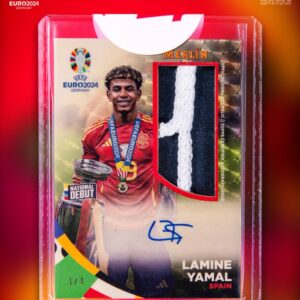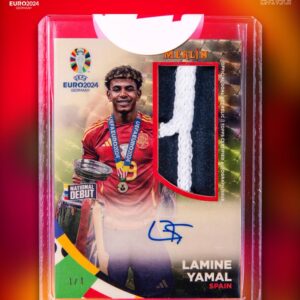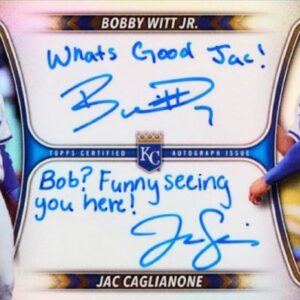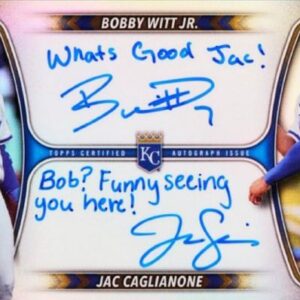For the passionate community of Magic: The Gathering players and collectors, cards are more than just pieces of cardboard; they’re artifacts of strategy, nostalgia, and sometimes substantial financial investment. However, there’s an ever-lurking shadow looming over the joy of collecting these coveted cards—counterfeits. Whether you’re a casual planeswalker or an avid collector with an impressive display of rare Black Lotus iterations, nothing fits the bill of a mood-spoiler quite like uncovering a fake card in your collection. Fortunately, with a touch of sleuth-like awareness and a healthy dose of skepticism, you can arm yourself against this pesky predicament.
Start by summoning your inner Sherlock Holmes and let your senses take center stage. The first defense against counterfeit cards is as straightforward as it gets—touch. Authentic Magic cards have a distinct, matte texture that’s quite unlike the glossy, slick surface of a fraudulent find. Imagine feeling the difference between a luxurious art print and a sheet of polyethylene. If a card feels more like a laminated diner menu and less like a cherished land card from your stash, it’s time for some closer inspection.
Next, embrace the power of illumination by subjecting your card to a light check. Holding it up against a flashlight reveals whether it possesses the unmistakable blue core of a legitimate Magic card. Genuine cards boast this blue core sandwiched delicately between paper layers, which allows light to dance through with a cool, ethereal hue. In stark contrast, deceitful imitations might be as opaque as a dungeon’s dark, concealing everything, or fragile as a flickering flame with light spilling through in an exaggerated, overly bright fashion.
Call upon a 30x magnification jeweler’s loupe—an unassuming yet mighty investigator—to discern further truths from your card. When peering closely at what you hoped was your prized card’s artistry and text, what do you see? Real Magic cards parade a series of tiny, round dots forming intricate floral-like rosette patterns. Counterfeit cards, on the other hand, might display a blurry frenzy of dots, digital pixelations, or annoyingly inconsistent grids that stick out like a sore thumb.
Focusing on the typography, try the Solid Black Test. Magic’s ink used for card titles, mana symbols, and other text elements is a powerful ally against the forces of falsification. Authentic cards apply a rather bold, solid black ink layer, akin to thick brushstrokes of precision. A fake, however, employs a deceitful composite black composed of colored dots, seen through the loupe as annoyingly fuzzy and indistinct.
One of the most telling trials involves the infamous green dot “L” hidden in plain sight. On the reverse of any true Magic card, nestled within the allure of the green mana symbol, lives a red dot pattern that forms a miniature, upside-down “L”. This crafty feature of legitimate cards is a nightmare to counterfeit, as any misalignment, blur, or absence is an apparent indication that the card is merely a charlatan.
The New-Age Safeguards also guard against the scourge of counterfeits. Cards produced since Magic 2015 boast an oval hologram stamp nestled comfortably on rares and mythics alike. For an authentic look, this holo should lie flush with its card, brimming with splendid microtext in the form of planeswalker symbols, mana icons, and more. Counterfeits may wield a hologram looking strangely grainy, seemingly pasted from an inferior card, or suspiciously raised, like a petulant spoiler in disguise.
While these clever methods of detection make you many times more adept at discerning phony from authentic, a word of caution must guide your way: do not rip or bend cards. Wisdom of the era of yesteryear might call for such destructive measures to reveal a blue core or expose the dismal underbelly of a fake, but modern counterfeiters have upped their game with cunning adaptations. Thus, avoid such ventures of destruction and safeguard your collection.
In the grand theater of card collecting, detecting a fake is not about relying on a single act, but a culmination of investigative prowess. With each card you scrutinize, start by cherishing its feel, let the light be your ally, and wield that trusty magnifying loupe as your detective’s monocle. Hold fast to these principles, and your skills in unveiling fakes will mature, preserving the legacy of your beloved collection. Not only does your cautious acumen keep your trove of cards pure, but it helps maintain the virtue of the game itself.






